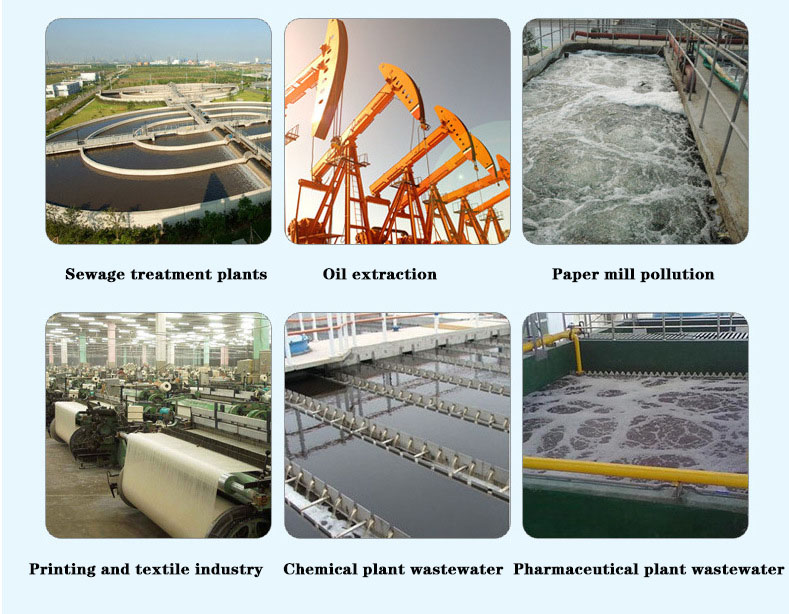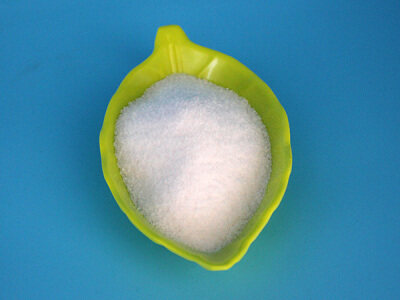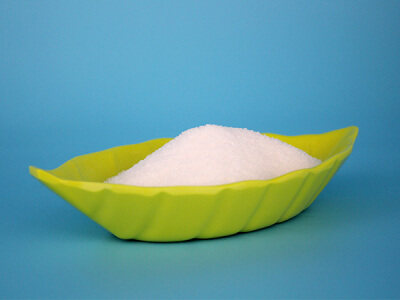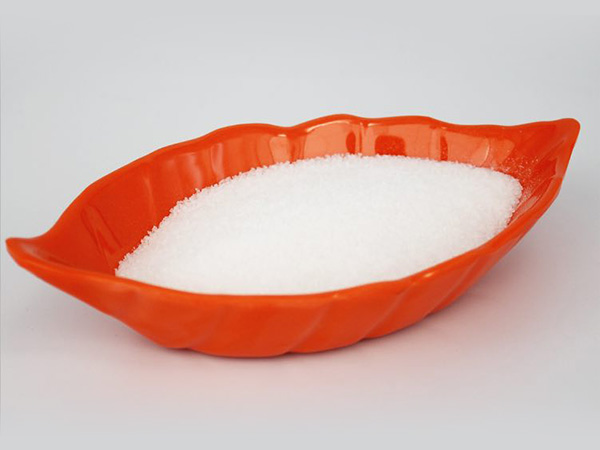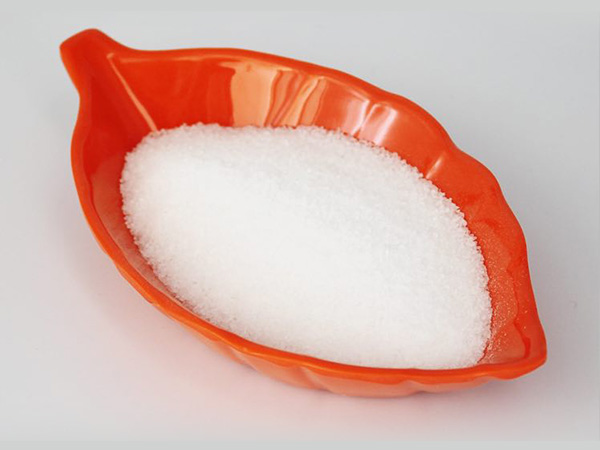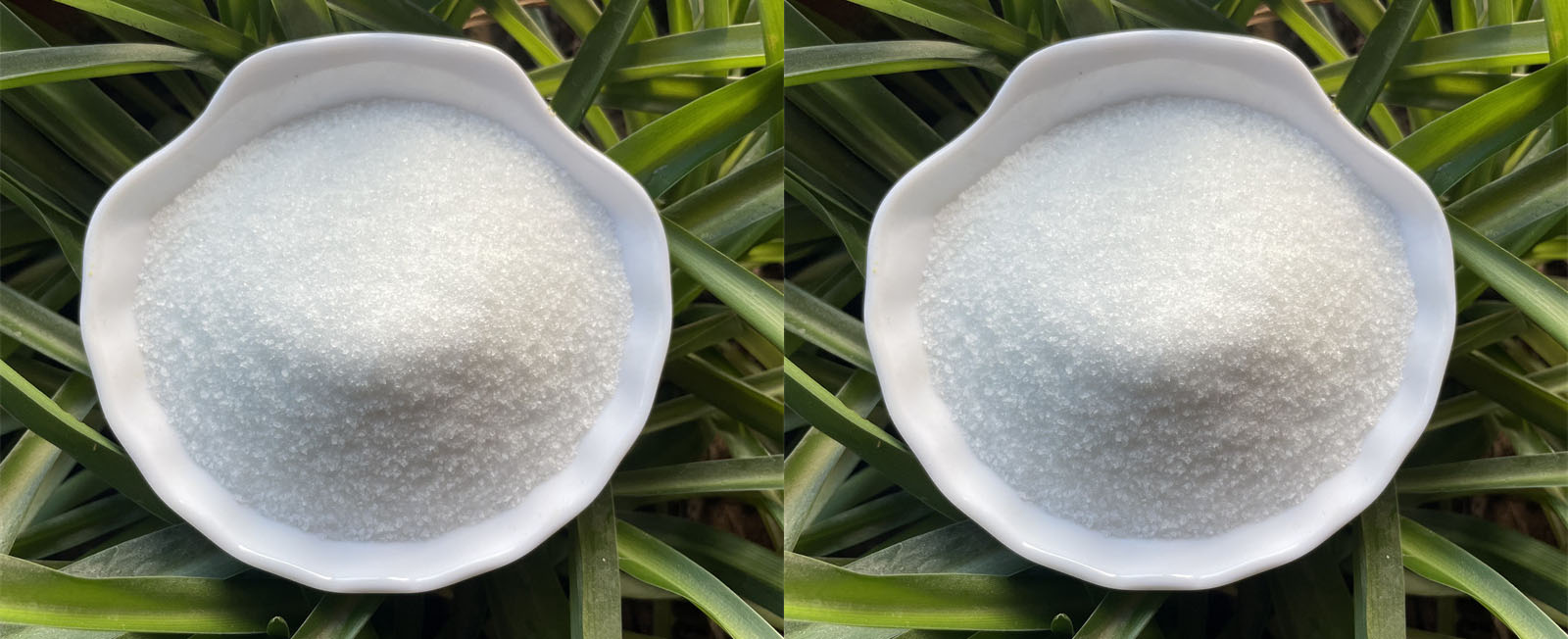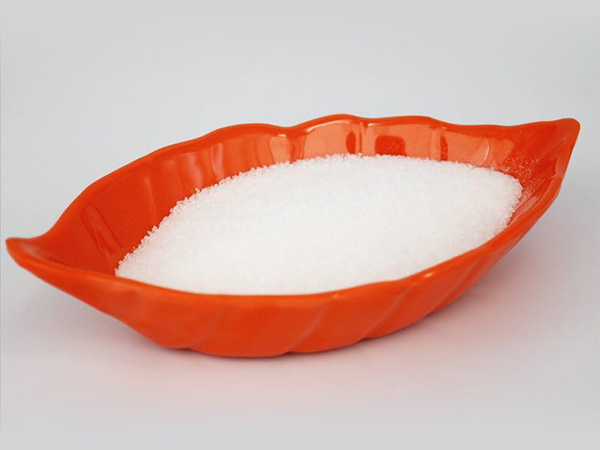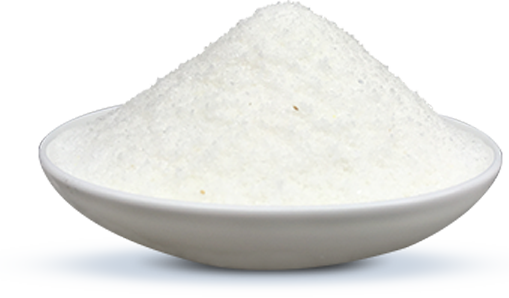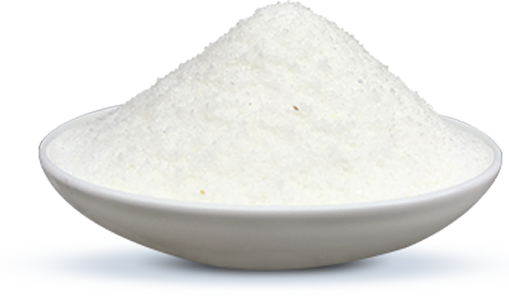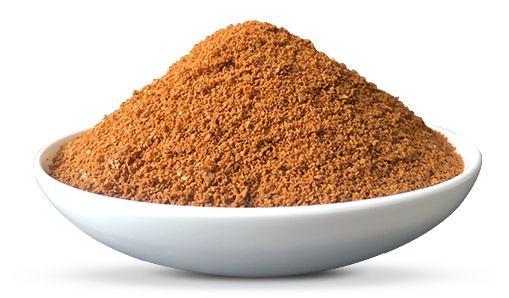Dissolution and dosing process of nonionic polyacrylamide (NPAM)
Before using, nonionic polyacrylamide needs to be prepared into a 0.2-0.5% standby solution. It can be diluted or hydraulically transported when added. The storage period of 0.5% standby solution is seven days, and the storage period of 0.05% dosing solution is three days. Pay attention to the following matters when preparing the solution:
1. Dissolution temperature: The dissolution of polyacrylamide requires a certain temperature to speed up the dissolution rate. However, if the temperature is too high, the molecular chain of the polymer will break, reducing
the use effect. The more suitable dissolution temperature is 50-60℃.
2. Stirring conditions: The dissolution of polyacrylamide should avoid excessive shear force stirring. Excessive stirring will break the molecular chain, thereby reducing the use effect. Low-speed blades, such as anchor type,
frame type, multi-layer paddle type, etc., should be used for stirring. The stirring speed is about 60 rpm. High-speed centrifugal pumps should also be avoided when transporting. Piston pumps or diaphragm pumps are more
suitable.
3. Evenly disperse the feeding: The key link of polyacrylamide dissolution is the even dispersion of the feeding. Generally, the aqueous solution is heated and adjusted to 50-60℃. After starting the mixer, use a mechanical vibration screen to feed (the screen mesh is 10 meshes) to avoid the generation of "large lumps" and "fish-eye" insoluble particles as much as possible, so that the polyacrylamide can be fully dissolved and play a good use effect.
4. Avoid contact with iron: During the dissolution, stirring, conveying and feeding process, use plastic, enamel, aluminum, stainless steel and other materials.
